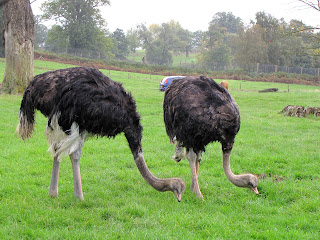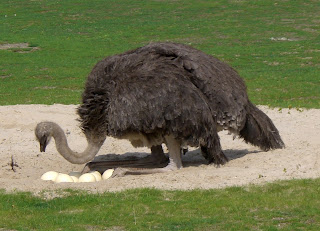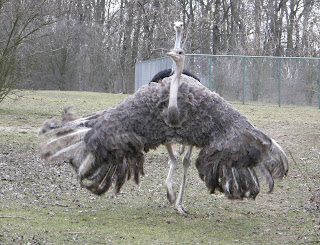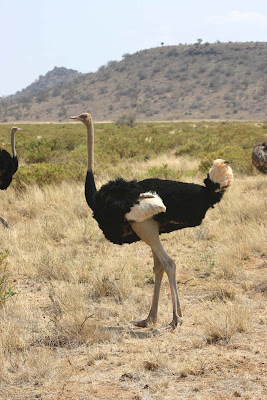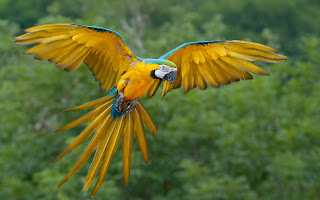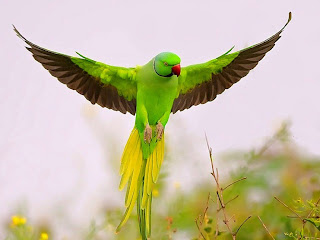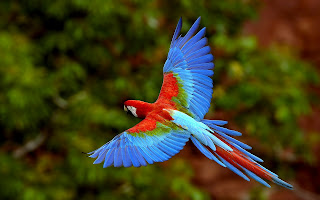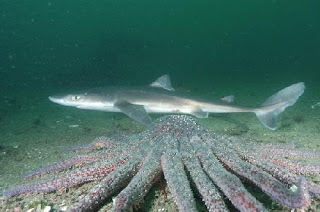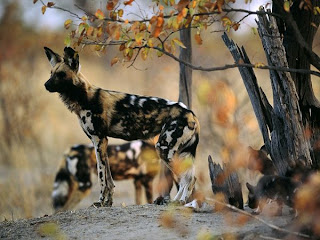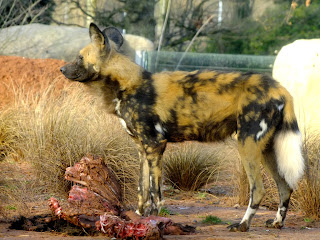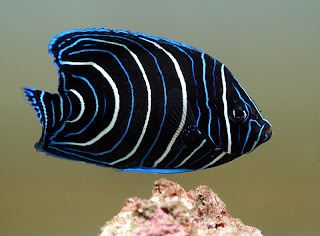Ostriches are the only bird with two instead of three toes per foot. Ostriches eat little rocks to aid in processing their food. They don’t need to drink water because the get enough liquid from plants. They do not bury their head in the sand. When faced by danger they can run away (reaching speeds of up to 40 mph (65 km/hr)) or they can kick their attacker with the claw on their foot or if they want to hide they will flop down on the ground—a pose which has been mistaken for burying their head in the sand. The most powerful male and female keep all of the eggs from the whole herd of maybe 10 or 12 birds in one nest and take turns guarding that nest. Ostriches have the largest eyes (2 inches or 5 cm across) of any land animal!
Ostriches
Ostriches
Ostriches
Ostriches
Ostriches
Ostriches
Ostriches

